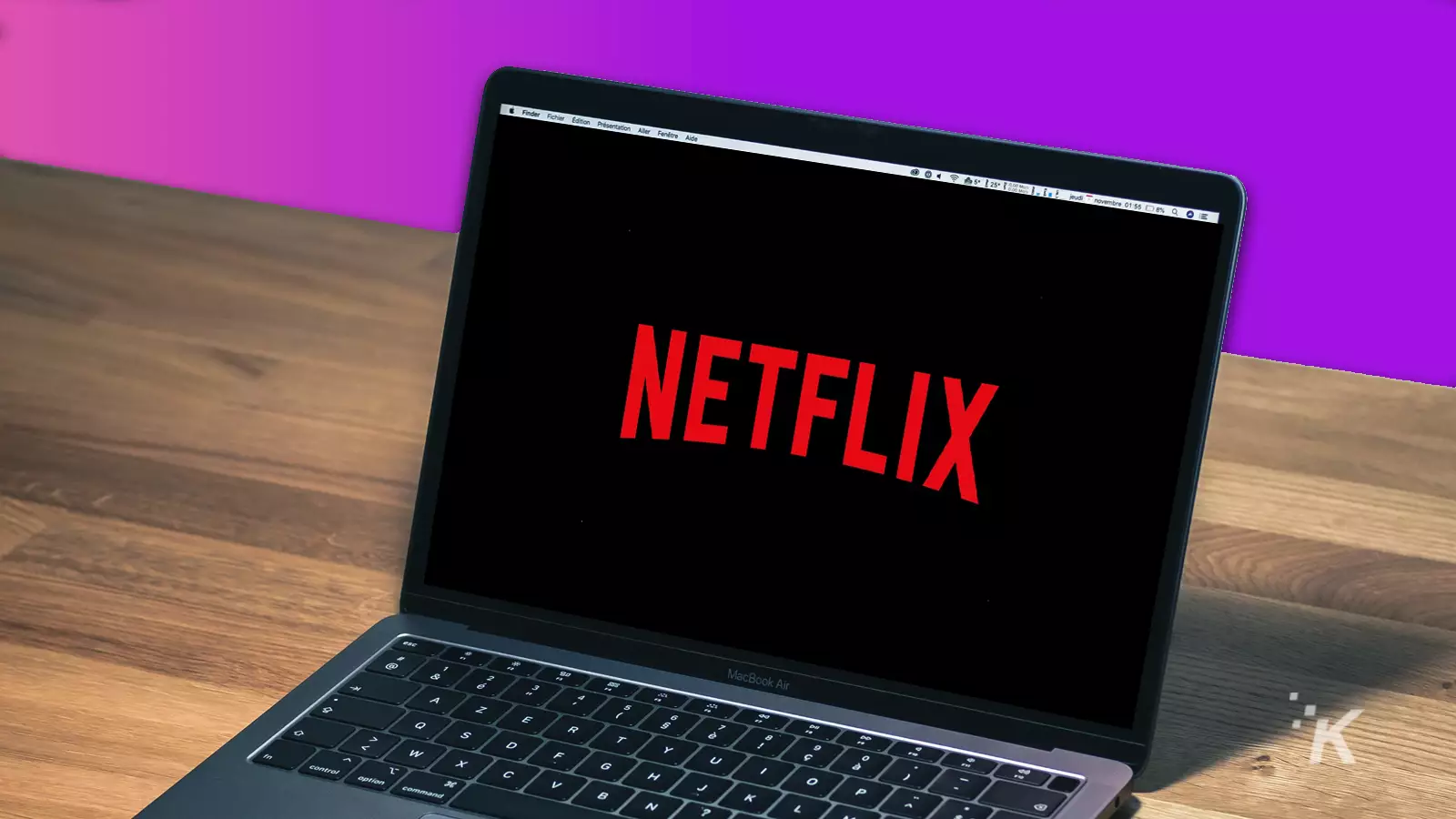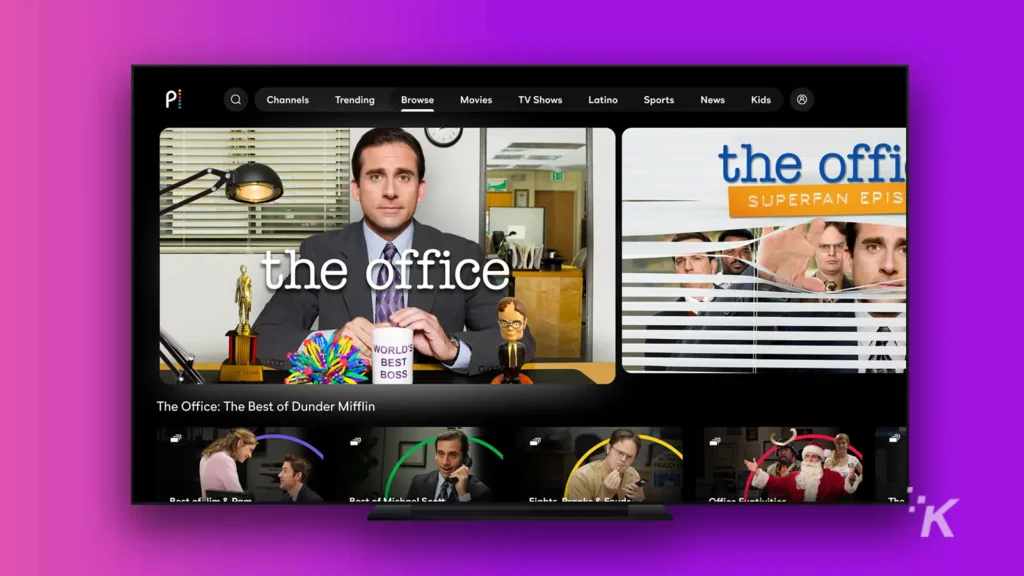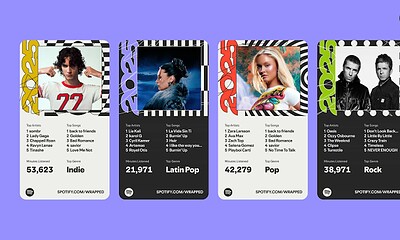Entertainment
Here’s how much Netflix’s ad-supported tier will cost
With so many streaming options, will people flock to an ad-supported Netflix plan?

Just a heads up, if you buy something through our links, we may get a small share of the sale. It’s one of the ways we keep the lights on here. Click here for more.
UPDATE 10/13/2022 1:30 PM ET: Netflix has confirmed that its ad-supported tier will cost $6.99 and is launching in select locations in early November. The original report follows below.
Netflix will charge between $7 and $9 for its upcoming ad-supported tier, according to a Bloomberg source with knowledge of the matter.
This sum represents a nearly 50 percent discount on the normal ad-free price. Ad spots will average four minutes per hour, with commercials running at the start and middle of programming.
The streaming service has long flirted with the idea of an ad-supported tier. Although Netflix maintains its dominant hold in the space, the company faces increased competition from Amazon, Apple, and a litany of other streaming services.
These upstart streaming services haven’t merely poached Netflix’s customer base, but also its content. You know. The reason why people subscribe in the first place.
The cost of content

Star Trek — Gene Roddenberry’s utopian sci-fi franchise — migrated to Paramount+ at a speed of Warp 9. The US version of The Office is now a Peacock exclusive. The Big Bang Theory and Friends are only available on HBO Max.
As more licensed content leaves the platform, customers will have fewer reasons to maintain their subscriptions. Dangling a cheaper, ad-supported tier before those potential switchers may give them an incentive to stick around.
Although Netflix weathered the turbulent pandemic years well, the company is less optimistic about the future.
Rising inflation will force households to cut discretionary spending. In the second quarter of 2022, Netflix lost 1.3 million subscribers in the US/Canada region. It reported a similar slump in the EMEA region.
And there’s another problem: debt. Netflix has lessened its dependence on licensed content by investing heavily in original TV and movies. This is an expensive process.
By the end of March 2022, the company owed $14.5 billion to investors. It paid $118 million in interest during the first quarter of the year.
The end of cheap money
Debt wasn’t always a problem. After the 2008 Global Financial Crisis, governments and central banks slashed interest rates to zero to stimulate growth.
This did two things. First, it made it incredibly affordable for companies and individuals to borrow money. Second, it incentivized investors to bet on fledgling startups and technology companies.
It was that or make 0.01 percent APY in their savings account. But here’s the problem: Interest rates are going up. Fast.
Interest rate hikes are one of the few tools that can slow inflation. Since the start of this year, the Federal Reserve has raised rates from a fraction of a percent to 2.5 percent today.
This makes it more expensive for companies like Netflix to borrow money. It also reduces the overall amount of investor money that’ll enter the tech sector.
Put simply: it’s a perfect storm. Netflix has few good options here. Raising prices or cutting content (either licensed or original) will alienate subscribers. An ad-subsidized tier will help retain customers on the precipice of leaving.
Netflix is expected to launch the ad-supported tier later this year.
Have any thoughts on this? Carry the discussion over to our Twitter or Facebook.
Editors’ Recommendations:
- This site makes you money for sharing your streaming accounts
- HBO Max and Discovery Plus will be replaced by a new service
- Netflix offers several video games that no one is playing
- Streaming has overtaken cable viewership for the first time ever































